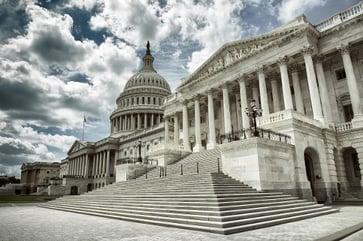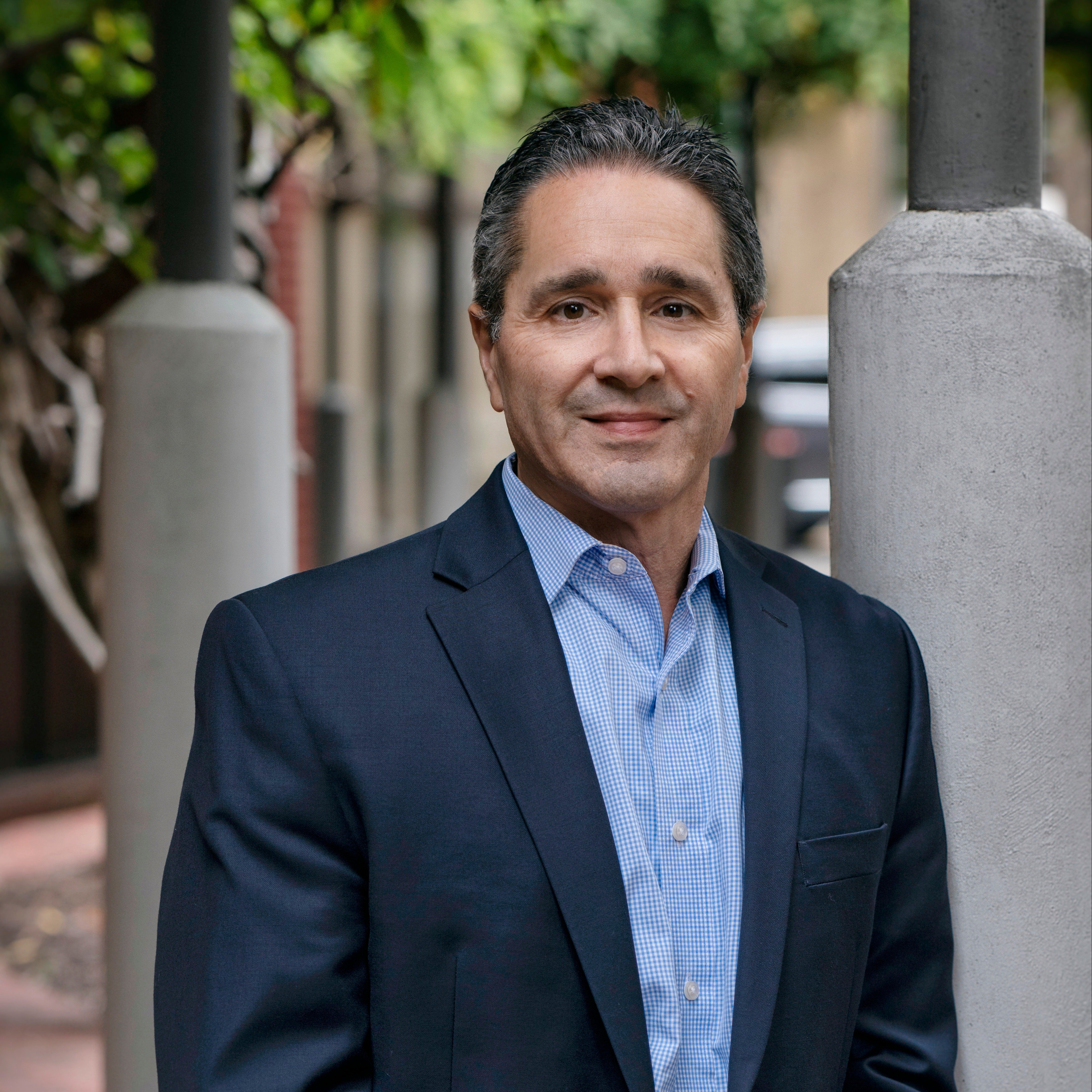 Early last year, Congress passed significant changes to retirement savings law that affected many in 2020 and will continue to affect many of us now in and in the future. This new law, the Setting Every Community Up for Retirement Enhancement (SECURE) Act, was part of the massive government spending bill that was approved by Congress on December 19, 2019, and signed into law on December 20, 2019. This bill extensively reshaped the realm of employer-sponsored retirement plans for both employers and employees and enacted the biggest changes to the U.S. retirement system since 2006.
Early last year, Congress passed significant changes to retirement savings law that affected many in 2020 and will continue to affect many of us now in and in the future. This new law, the Setting Every Community Up for Retirement Enhancement (SECURE) Act, was part of the massive government spending bill that was approved by Congress on December 19, 2019, and signed into law on December 20, 2019. This bill extensively reshaped the realm of employer-sponsored retirement plans for both employers and employees and enacted the biggest changes to the U.S. retirement system since 2006.
The primary narrative of the SECURE Act involved the expansion of retirement plan coverage and the decrease of retirement savings hurdles to improve the current retirement outlook for working Americans. Through this act, lawmakers sought to make it an employer’s responsibility to incentivize and encourage employees to invest in their own financial futures. The act also intended to help employers overcome the challenges involved with offering and administering a workplace retirement plan.
The first phase of the SECURE Act went into effect in late 2019, and now the second phase of the act is awaiting passage by Congress. The first part of the SECURE Act easily passed in both the House and the Senate, paving the way for part two to be swiftly approved as well. The SECURE Act 2.0 will bring more changes to the retirement landscape, and will especially impact small businesses. Here’s what you need to know.
SECURE Act 2.0
The second part of the SECURE Act aims to encourage retirement plan adoption, promote retirement savings, and amend issues with plan administration.
Automatic Enrollment to Expand Coverage
The expansion of the SECURE Act aims to expand retirement plan coverage by mandating auto-enrollment in 401(k), 403(b), and SIMPLE IRA plans for small businesses. Automatic enrollment in a retirement plan is designed to make it easier for employees to participate in an employer-sponsored retirement plan. This would be one of the most significant provisions of the SECURE Act 2.0, as it is poised to have the most impact on ensuring more Americans save for retirement. Currently, although automatic enrollment is permissive, employers do not have to include the auto-enrollment feature in their retirement plans. In retirement plans that do have auto-enrollment, companies have seen a positive effect in terms of employee enrollment. Employees still have the right to opt-out when auto-enrollment is in place, but it is rare that employees do so.
This new SECURE Act bill would require smaller businesses with employer-sponsored retirement plans to auto-enroll employees, while still maintaining the ability for employees to opt-out of coverage. There are exceptions to this requirement for small businesses with ten or fewer employees, government agencies, and newer businesses that have been in existence for less than three years. For employees that do not make an election, the initial automatic enrollment default must be at least three percent but may not exceed ten percent. This default rate is to be increased annually by one percent until ten percent is reached. Note that this automatic enrollment requirement will not apply to existing 401(k), 403(b), and SIMPLE IRA plans.
As stated, although all of the provisions of this second iteration of the SECURE Act will have an impact on businesses and Americans saving for retirement, this auto-enrollment feature is one of the most important features to be aware of. Mandating auto-enrollment will have a major positive impact in terms of getting employees into retirement plans and in turn enhancing employees’ retirement benefits and savings over time.
Streamlining Plan Administration
The SECURE Act 2.0 would also provide solutions to several issues with plan administration, including easing disclosure requirements and modifying the requirements for recovering plan overpayments incorrectly made to retirees. The bill would also expand the IRS Employee Plans Compliance Resolution System (EPCRS), which allows employers to fix any mistakes in a retirement plan to avoid plan disqualification. By expanding the EPCRS, plan administrators would be able to self-correct smaller operational errors, regardless of how long ago the error occurred; however, self-correction would still not be available for flagrant errors and intentional misuses of plan assets.
Overall, these changes aim to simplify the information participants receive about their employer-sponsored plan each year, reduce plan costs for employers, and lessen penalties to make compliance easier for businesses. Maintaining compliance with tax regulations can be challenging, and the SECURE Act 2.0 would allow businesses to evade harsh penalties for unintended errors. The new legislation would also protect retirees who mistakenly receive retirement plan overpayments.
A Highlight of Additional Provisions
We touched on a few of the most important changes to be aware of with the supplementation of the SECURE Act, but there are further provisions to also keep in mind:
- Higher catch-up contributions for participants at age 60 – Currently, individuals age 50 and older can take advantage of catch-up contributions. The SECURE Act 2.0 would increase the catch-up contribution limits for participants once they reach age 60.
- Increase in required minimum distribution (RMD) age – The SECURE Act increased the RMD age from age 70 ½ to age 72, and the SECURE Act 2.0 would increase the RMD age further to age 75.
- Matching contributions on student loan payments – Under the new act, employers would be able to make matching contributions to a 401(k) or employer-sponsored plan equivalent based on a plan participant’s repayment of student loan debt. This provision would help participants build their retirement savings at a time when they may not otherwise be able to do so.
- 403(b) plans to be eligible to participate in multiple employer plans (MEPs) – The original SECURE Act made MEPs more attractive by allowing Pooled Employer Plans (PEPs), but a PEP cannot be established as a 403(b) plan. The SECURE Act 2.0 would allow 403(b) plans to participate in MEPs under the SECURE Act rules.
- Simplification and increase of the Retirement Savings Contributions Credit (Saver’s Credit) – The Saver’s Credit provides low- and middle-income individuals with a tax incentive to save for retirement. The SECURE Act 2.0 would simplify the Saver’s Credit with a single tax credit rate equal to 50% of the contribution amount. It would also increase the maximum credit from $1,000 to $1,500 per person and increase the maximum income eligibility.
- Tax credits for small business retirement plan startup costs – Currently, small business employers can receive a tax credit for three years when starting a retirement plan. This credit is equal to 50% of administrative costs, up to an annual maximum of $5,000. The SECURE Act 2.0 would increase the credit to 100% of expenses for employers with up to 50 employees and would give an additional credit for defined contribution plans of up to $1,000 per employee. The full credit would be available to employers with 50 or fewer employees and phased out for businesses with over 51 employees. Eligible plan sponsors can take the full tax credit in the first and second years, 75% of the tax credit in year three, 50% of the tax credit in year four, 25% of the tax credit in year five, and then no tax credit after the fifth year.
Final Points
Overall, the SECURE Act 2.0 aims to continue the mission of the SECURE Act: to help American workers have a more secure retirement. This second iteration builds on the initiatives set by its predecessor to help working Americans achieve retirement security and overall financial well-being. As of now, the SECURE Act 2.0 has broad bipartisan support; however, when the legislation will be enacted still remains unclear. The cost of the bill is something that could hinder a seamless passing, but it seems that the bill will most likely be enacted at some point this year.
